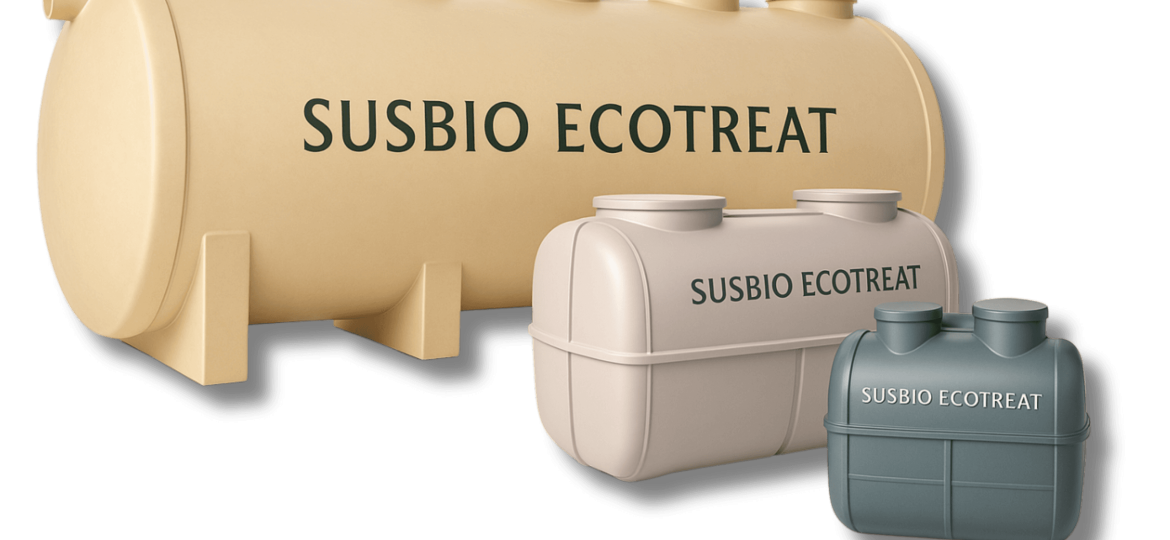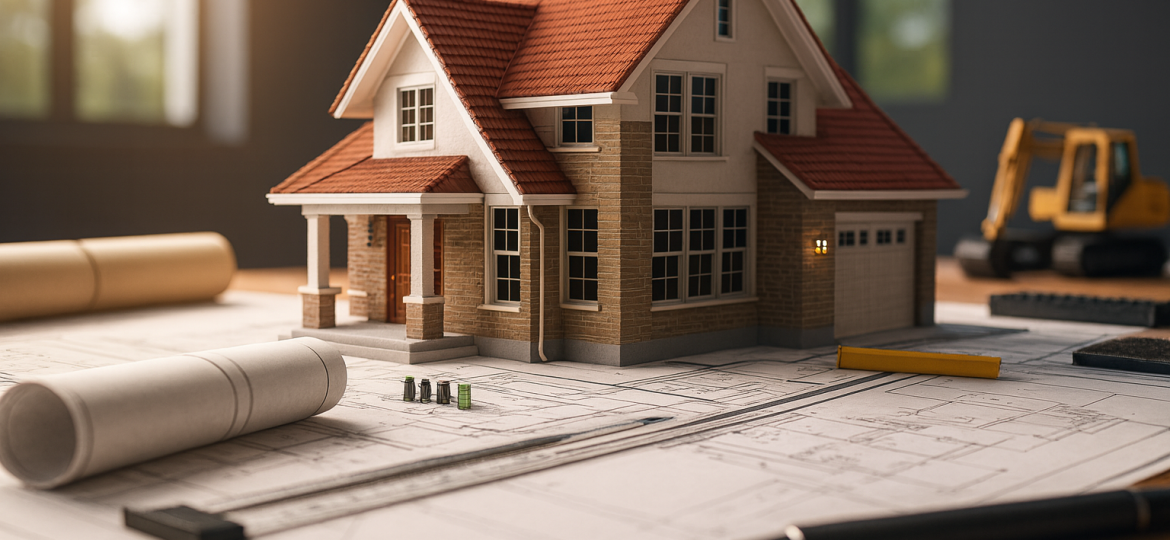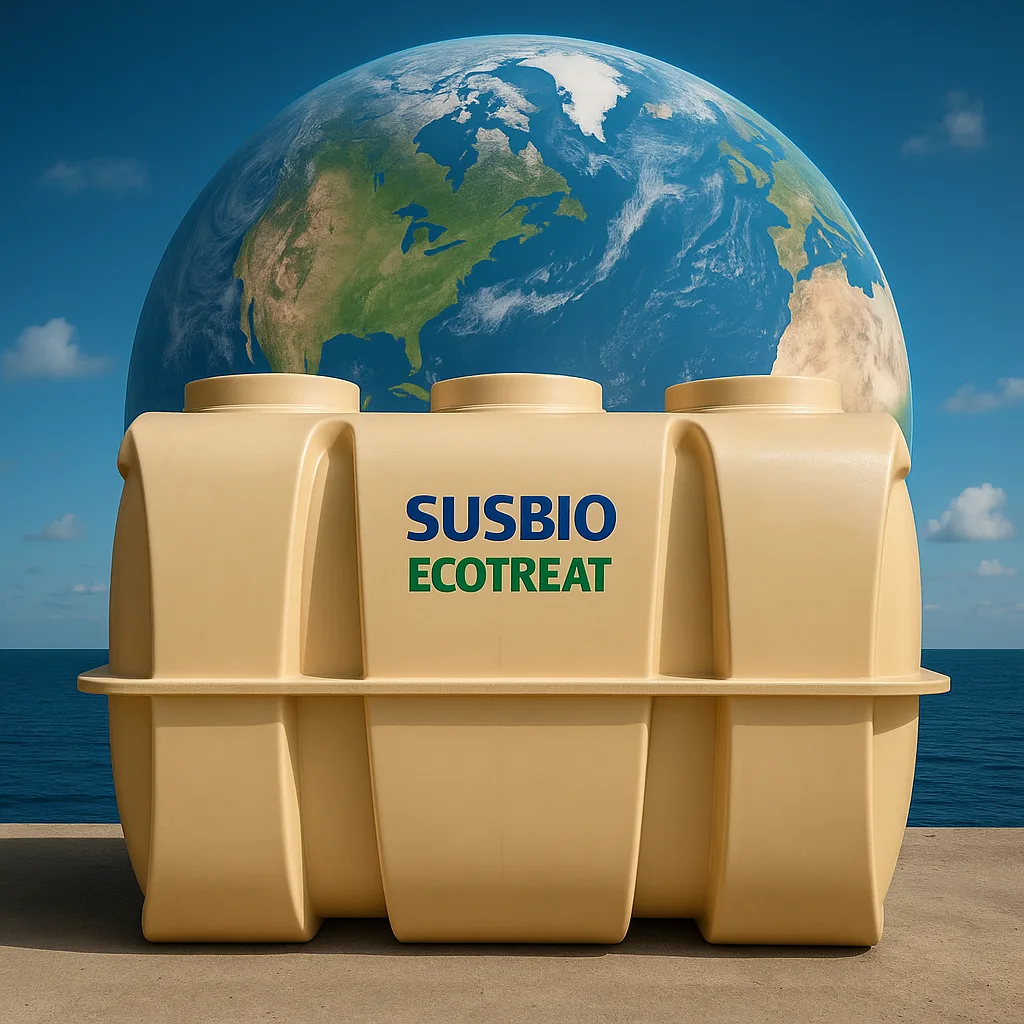As urban populations grow and water scarcity intensifies, the need for advanced, efficient, and compact sewage treatment solutions has never been greater. The Membrane Bioreactor (MBR) Sewage Treatment Plant is at the forefront of modern wastewater management, offering superior effluent quality, space-saving design, and robust performance. This comprehensive guide explores the fundamentals of MBR technology, its working principles, key components, advantages, challenges, applications, and its future in global and Indian contexts.
Introduction to MBR Sewage Treatment Plant
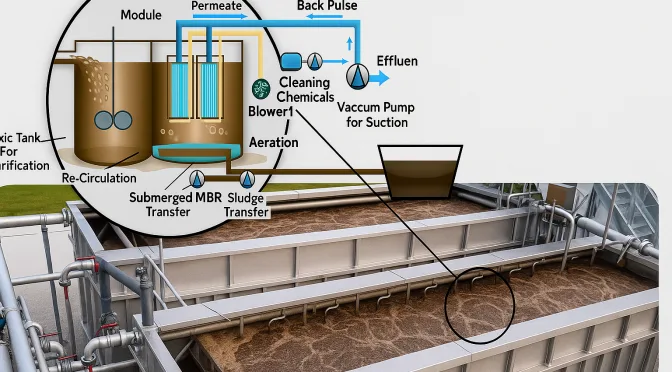
What is MBR Technology?
An MBR Sewage Treatment Plant is an advanced wastewater treatment system that combines conventional biological treatment (activated sludge) with membrane filtration. This unique integration enables the production of high-quality treated water suitable for sensitive discharge or reuse applications. MBR technology has evolved rapidly since its commercial introduction in the 1960s, with exponential adoption in the last few decades due to its efficiency and versatility.
How Does a Membrane Bioreactor Work?
Biological Treatment
The core of an MBR system is the biological reactor, where microorganisms (primarily bacteria) break down organic matter and pollutants in the sewage through aerobic degradation. This process is similar to what occurs in conventional activated sludge systems.
Membrane Filtration
After biological treatment, the mixed liquor (a combination of treated water and suspended solids) passes through membrane modules—either microfiltration or ultrafiltration membranes. These membranes act as a physical barrier, allowing only clean water to pass while retaining suspended solids, bacteria, and pathogens.
Aeration System
Continuous aeration is provided to maintain optimal oxygen levels for microbial activity and to prevent membrane fouling by scouring the membrane surfaces.
Key Process Steps
- Pre-Treatment: Fine screening of influent to protect membranes from large solids.
- Biological Degradation: Microorganisms consume organic pollutants in the bioreactor.
- Membrane Separation: The mixed liquor is filtered through submerged or external membranes, producing clear effluent.
- Sludge Handling: Retained solids are periodically wasted as excess sludge.
Key Components of an MBR System
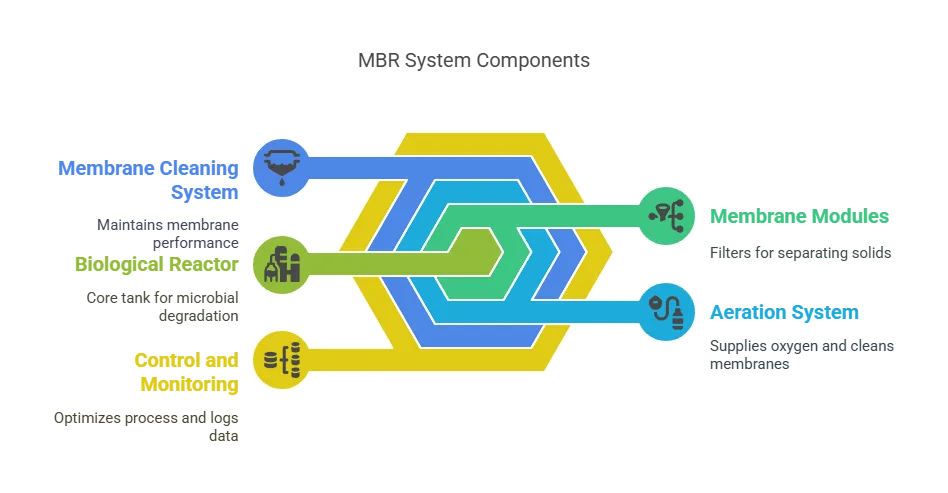
- Biological Reactor: The main tank where aerobic microbial degradation occurs.
- Membrane Modules: Flat-sheet, hollow fiber, or tubular membranes (typically microfiltration or ultrafiltration).
- Aeration System: Fine bubble diffusers supply oxygen and scour membranes.
- Membrane Cleaning System: Enables periodic chemical and physical cleaning to maintain performance.
- Control and Monitoring: Automated systems for process optimization and data logging.
Types of MBR Configurations
- Submerged MBR (sMBR): Membranes are immersed directly in the bioreactor tank.
- External/Side-Stream MBR: Membranes are housed in a separate module outside the bioreactor, with mixed liquor pumped through them.
Submerged MBRs are more common in municipal and decentralized applications due to lower energy requirements.
Features and Benefits of MBR Sewage Treatment Plants
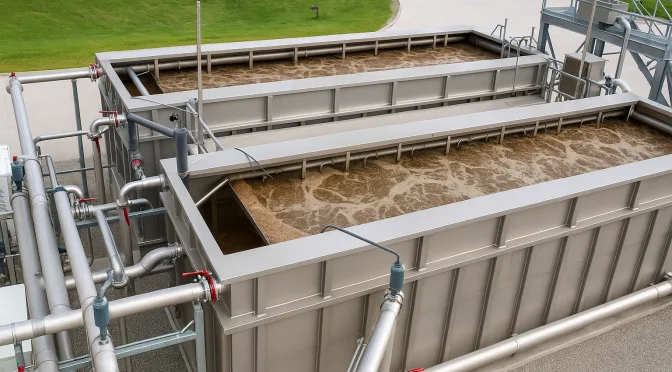
1. Superior Effluent Quality
Ultra-Low Suspended Solids: Effluent total suspended solids (TSS) less than 1 mg/L, turbidity less than 0.5 NTU.
High Pathogen Removal: Provides an effective barrier to bacteria and viruses, often eliminating the need for further disinfection.
Nutrient Removal: Capable of advanced nitrogen and phosphorus removal with appropriate process design.
2. Compact Footprint
Space Saving: Higher biomass concentration (MLSS 8,000–12,000 mg/L) allows for smaller reactor volumes and eliminates the need for secondary clarifiers and sand filters.
Ideal for Urban/Retrofit Applications: Easily installed in basements, rooftops, or sites with limited space.
3. Water Reuse and Sustainability
Effluent Reuse: Treated water is suitable for applications such as irrigation, toilet flushing, cooling towers, and as RO feed for zero liquid discharge (ZLD) systems.
Lower Sludge Production: Extended solids retention time (SRT) reduces excess sludge generation.
4. Modular and Expandable
Scalable Design: Modular membrane units allow for phased expansion as treatment needs increase.
5. Automation and Process Control
Smart Operation: Advanced monitoring and automation ensure consistent performance and ease of operation.
Challenges and Limitations of MBR Technology
1. Capital and Operating Costs
Higher Initial Investment: Membrane modules and automation systems result in higher upfront costs compared to conventional sewage treatment plants (STPs).
Energy Consumption: Aeration and membrane filtration require more energy, particularly in side-stream systems.
2. Membrane Fouling and Maintenance
Fouling Risk: Membranes are susceptible to clogging from solids, oils, and biofilm, necessitating regular cleaning and maintenance.
Chemical Cleaning: Periodic chemical cleaning is required to restore membrane permeability and extend membrane lifespan.
3. Skilled Operation
Technical Expertise: Operators need specialized training to manage membrane systems, monitor performance, and conduct maintenance.
4. Sensitivity to Influent Quality
Pre-Treatment Required: Fine screening and oil/grease removal are critical to protect membranes from potential damage.
Technical Performance and Design Parameters
Mixed Liquor Suspended Solids (MLSS)
Range: 8,000–12,000 mg/L (significantly higher than conventional systems).
Benefit: Allows for smaller reactor volumes and higher removal efficiency.
Effluent Quality
BOD/COD Removal: Greater than 95%.
Total Suspended Solids (TSS): Less than 1 mg/L.
Turbidity: Less than 0.5 NTU.
Total Nitrogen: Less than 10 mg/L (with proper design).
Phosphorus: Less than 0.5 mg/L (with chemical dosing).
Pathogen Removal: 4–6 log reduction.
Footprint
30–50% smaller than conventional activated sludge or MBBR systems.
Sludge Production
Lower due to extended solids retention time (SRT).
Applications of MBR Sewage Treatment Plants
Municipal Wastewater Treatment
Urban STPs: MBRs are ideal for city and town sewage treatment, producing high-quality effluent suitable for discharge or reuse.
Decentralized/Community STPs: The compact design makes MBRs well-suited for residential complexes, gated communities, and remote locations.
Industrial Wastewater Treatment
Industries Served: MBRs effectively handle high-strength and variable wastewater from industries such as textiles, pharmaceuticals, food processing, chemicals, and oil & gas.
Regulatory Compliance: Supports industries in meeting stringent discharge norms and water reuse targets.
Institutional and Commercial Applications
Hospitals, Hotels, Campuses: MBRs offer reliable, automated operation and strong water reuse capabilities, making them attractive for institutions and commercial facilities.
Water Reuse and Zero Liquid Discharge (ZLD)
RO Pretreatment: MBR effluent serves as excellent feedwater for reverse osmosis in ZLD systems, achieving over 95% TDS removal when combined.
MBR vs. Other Sewage Treatment Technologies
MBR vs. SBR (Sequencing Batch Reactor)
Solids Separation: SBR relies on gravity settling, whereas MBR uses membrane filtration for more consistent and superior effluent quality.
Effluent Quality: MBR consistently outperforms SBR, particularly during periods of variable influent quality or poor settleability.
MBR vs. MBBR (Moving Bed Biofilm Reactor)
Clarification: MBBR requires downstream clarifiers for solids separation; MBR eliminates this step through direct membrane filtration.
Water Reuse: MBR effluent is better suited for high-end water reuse applications.
MBR vs. Conventional Activated Sludge
Footprint: MBR requires significantly less space while producing higher quality treated water.
Sludge Production: MBR generates less sludge due to higher solids retention time (SRT).
Automation: MBR systems provide superior process control and automation capabilities.
Maintenance and Operational Best Practices
Sludge Management
Maintain MLSS levels between 8,000–12,000 mg/L for optimal performance.
Regularly waste excess sludge to prevent over-concentration.
Membrane Cleaning
Physical Cleaning: Perform air scouring and backwashing to remove surface fouling.
Chemical Cleaning: Conduct periodic chemical cleaning with approved agents to restore membrane permeability.
Aeration and Process Stability
Ensure adequate aeration for both biological activity and membrane cleaning.
Monitor key parameters such as dissolved oxygen, pH (maintained between 5–9), and temperature (operating range 5–45°C) for stable operation.
Influent Quality Control
Pre-screen influent to remove large solids, oil, grease, and chemicals that can contribute to membrane fouling.
Future Trends and Innovations in MBR Technology
New Membrane Materials: Ongoing advancements in PVDF and ceramic membranes offer longer life and reduced fouling.
Hybrid Configurations: Integration with other treatment processes (e.g., anaerobic MBRs, dynamic membranes) enhances performance and reduces operational costs.
Automation and IoT: Deployment of smart sensors and data analytics enables predictive maintenance and process optimization.
Energy Efficiency: Development of low-energy aeration systems and innovative membrane cleaning techniques to reduce operational costs.
Global and Indian Market Adoption
Membrane Bioreactor (MBR) technology is now implemented across more than 200 countries, with rapid adoption in both developed and developing regions. In India, MBRs are increasingly being deployed in municipal, industrial, and institutional projects due to their compact design, strong water reuse capabilities, and ability to meet stringent discharge regulations.
Frequently Asked Questions (FAQs)
Q1. What is the main advantage of MBR over conventional STPs?
MBR systems produce consistently higher quality effluent, require less space, and eliminate the need for secondary clarifiers.
Q2. Is MBR suitable for water reuse applications?
Yes, MBR-treated water is ideal for irrigation, flushing, cooling, and as RO feed for ZLD systems.
Q3. What are the main operational challenges in MBR systems?
Membrane fouling and higher energy consumption are the primary challenges, but can be managed with proper design and maintenance.
Q4. How often do MBR membranes need replacement?
With proper care, membranes can last 5–10 years or more, depending on influent quality and cleaning practices.
Q5. Can MBR be retrofitted into existing plants?
Yes, MBR modules can be integrated into existing STPs to improve performance and effluent quality.
Conclusion
The MBR Sewage Treatment Plant represents a leap forward in wastewater management, delivering unmatched effluent quality, compact design, and operational flexibility. While the technology requires higher initial investment and skilled operation, its benefits in water reuse, sustainability, and compliance make it the preferred choice for municipalities, industries, and institutions worldwide. As water scarcity and environmental standards tighten, MBR technology is set to play a pivotal role in the future of sewage treatment.
Looking for a future-ready, high-performance STP?
Consider MBR technology for your next project—combining efficiency, reliability, and sustainability for a cleaner tomorrow.




